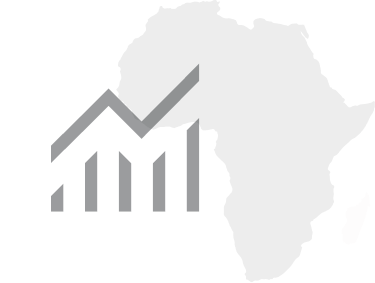COVID-19 in Africa: International partners and African Union
19 August, 2020
The Foundation carried out its first Now Generation Network (NGN) Survey from 12-25 June. Participants further unpack the findings from the Survey in relation to the impact of COVID-19 in Africa and the continent’s prospects.
The opinions expressed in this article are solely those of the author, and do not necessarily reflect the opinions or views of the Mo Ibrahim Foundation.
The Mo Ibrahim Foundation’s recent Now Generation Network (NGN) Survey found that young Africans believe that the responses of international organisations such as the UN or WHO to COVID-19 have been adequate compared to responses of regional institutions , which have been judged mostly as inadequate. In light of the unprecedented challenges we are facing as a global community, WHO’s leading role was expected. However, it will be argued here that in Africa, the African Union (AU) needs to ensure the continental response is different.
Response coordination, where does the AU stand?
The latest news indicates that Africa accounts for less than 5% of global total confirmed cases. According to Africa CDC statistics, at the moment South Africa has the highest number of confirmed cases, over 500,000, followed by Egypt with over 95,000, and Nigeria with over 46,000 . Experts are quick to suggest that these surprisingly low numbers for Africa may be misleading. Indeed, the Mo Ibrahim Foundation’s recent report titled – COVID-19 in Africa: A call for coordinated governance, improved health structures and better data - shows that National Statistics Offices in Africa are underfunded, and unable to produce data on both health facilities and health outcomes.
At the global level, WHO has been instrumental in providing technical guidance on different aspects such as critical preparedness, readiness and response, guidance for schools, business and institutions, and overall clinical care. This has ensured some systematic approach in handling this pandemic, particularly in developing nations.
In Africa, the AU through its Centre of Disease Control and Prevention designed and published a strategy, the Africa Joint Continental Strategy for COVID-19 Outbreak, in March this year. Its main objective is to “promote evidence-based public health practice for surveillance, prevention, diagnosis, treatment, and control of COVID-19”. The AU has also been instrumental in managing the various donations provided to the continent by different countries. From test kits from China and Germany, medical supplies from Canada, and 2 million masks from the republic of Korea. But, there is more to be done.
Turning the crisis into an opportunity: AU-led initiatives
Julius Nyerere, a forefather of Tanzania, once said “Africa needs to run while others walk”. Despite the challenges faced by African states , this is also the time the continent has been waiting to boost economic integration. Especially, if one takes into account that the ‘external forces’, that very often undermine Africa’s union, are too busy dealing with their own challenges.
African countries, on their own, do not have a strong manufacturing sector let alone the capability to produce all that is required to fight this pandemic. Hence, the topic of industrialisation has been high on the regional agenda, be it through trade or participation in global value chains.
In June, the AU launched an online platform, COVID-19 Africa Pool Procurement Portal, which is a significant improvement from the initial response initiatives. This tool has the potential to boost the organisation’s aspirations of economic integration through its Continental Free Trade Zone. Despite the initial optimism at the time of the official launch, particularly from the current AU Chairperson Cyril Ramphosa of South Africa, African producers are surprisingly absent from the platform. The leading country is South Africa with two suppliers, one of which offers different products such as ventilators, face masks (including a reusable model), and hand sanitisers. Then we have Ghana (offering ventilators) and Rwanda (disposable protective coverall) with one each respectively. This is problematic, as the portal has 200 registered suppliers and has been live for two months.
There is opportunity for the AU to rally member states to capitalise on this initiative. A well-crafted procurement strategy would be an incentive for domestic firms to increase output, invest in process upgrading as well as innovate by developing new products. To succeed, producers require support from financial institutions. At the regional level, the African Development Bank could take the lead and support projects with the potential to become competitive at a global scale. Governments need to persuade their domestic banking sector to make loans available to producers.
Moving goods between countries represents further opportunity not only for the road transportation sector but also for the African aviation sector. Aviation is still the fastest way to connect regional economic blocs in Africa. However, there is scope for innovation in services as even before the pandemic most national companies were struggling to remain competitive. The latest data from the International Air Transport Association estimates that over 1.2 million jobs are at risk in the top 5 markets in Africa.
The COVID-19 pandemic has put a significant strain on the already underfunded health systems in Africa. Contrary to the responses in other regions, Africa needs to address issues beyond the sanitation arena. The AU should take up leadership and turn this crisis into an opportunity to increase local manufacturing capabilities and accelerate this in a meaningful way to enhance economic integration.


